Best DSLR Camera For Personal Use: Capture Life's Moments Like a Pro
- BBIT SME CELL
- Aug 14
- 10 min read
Best DSLR Camera For Personal Use
Finding the best DSLR camera for personal use can feel overwhelming with so many options available. Whether you're looking to document family gatherings, capture vacation memories, or explore photography as a hobby, the right DSLR can elevate your photos without requiring professional expertise. This guide cuts through the technical jargon to help you find a camera that balances quality, ease of use, and value—perfect for everyday photographers who want exceptional results.
Why Choose a DSLR for Personal Photography?
DSLRs offer superior image quality and creative control for personal photography
While smartphone cameras continue to improve, DSLRs still offer significant advantages for personal photography. Their larger sensors capture more light, resulting in sharper images with better detail, especially in challenging lighting conditions. The ability to change lenses gives you creative flexibility that no smartphone can match, whether you're shooting landscapes, portraits, or action shots.
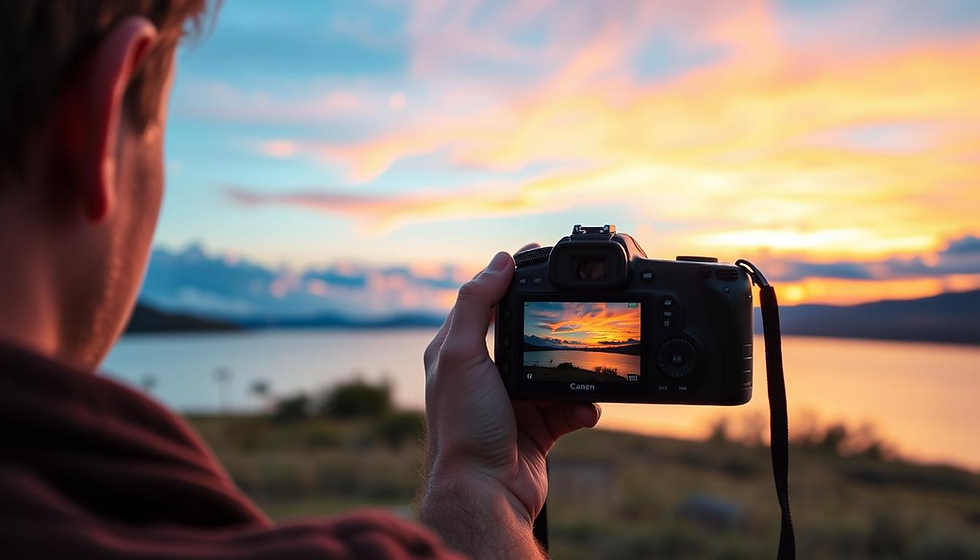
Modern DSLRs are more user-friendly than ever, with intuitive automatic modes that help beginners get great results while they learn. As your skills grow, these cameras offer room to explore manual settings and more advanced techniques. For personal use, a DSLR strikes the perfect balance between image quality and accessibility.
DSLR Advantages for Personal Use
Superior image quality compared to smartphones and point-and-shoot cameras
Interchangeable lenses for different photography styles
Better performance in low-light situations
Longer battery life than mirrorless alternatives
Optical viewfinder shows exactly what you'll capture
Excellent value, especially on the used market
DSLR Considerations
Larger and heavier than smartphones and compact cameras
Learning curve for advanced features
Additional investment in lenses and accessories
Requires more maintenance than point-and-shoot options
Not as discreet for candid photography
Key Factors to Consider When Choosing a DSLR
Before diving into specific recommendations, let's explore the most important factors to consider when selecting the best DSLR camera for personal use:
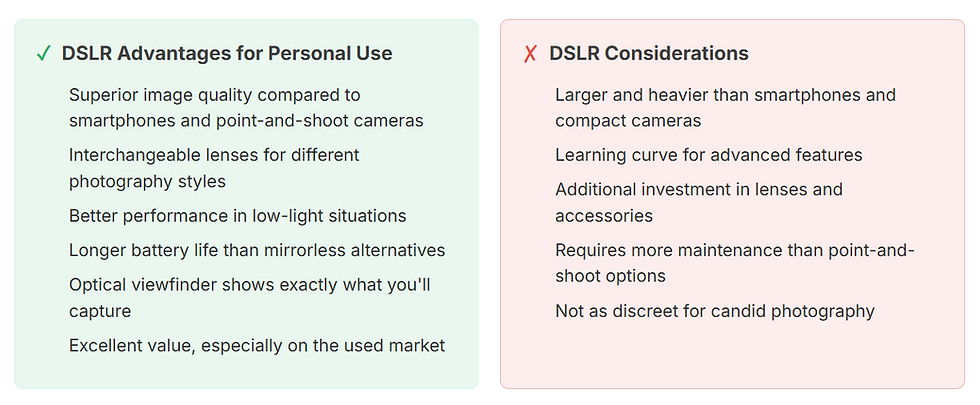
Budget
Entry-level DSLRs start around $400-600, while mid-range models run $700-1200. Consider your total budget including essential accessories like memory cards, a camera bag, and potentially an additional lens. The good news is that even entry-level DSLRs today capture excellent images.

Size and Weight
If you'll be carrying your camera frequently, consider its dimensions and weight. Entry-level DSLRs are typically lighter and more compact than professional models. Try holding different cameras in a store to see what feels comfortable in your hands.
Sensor Size
Most affordable DSLRs feature APS-C (crop) sensors, which offer excellent image quality for personal use. Full-frame sensors provide better low-light performance and image quality but come at a significantly higher price point.
Megapixels
For personal photography, anything above 20MP is more than sufficient. Higher megapixel counts allow for larger prints and more aggressive cropping but aren't necessary for most casual users.
Autofocus System
A reliable autofocus system is crucial for capturing sharp images, especially of moving subjects like children or pets. Look for cameras with multiple autofocus points for better tracking and accuracy.
Lens Compatibility
Consider the ecosystem of lenses available for your chosen camera brand. Canon and Nikon offer the widest selection, including many affordable options perfect for beginners and enthusiasts.
Top 5 DSLR Cameras for Personal Use
After extensive research and testing, we've identified the five best DSLR cameras for personal photography. These models offer an excellent balance of image quality, ease of use, and value for money.
Ready to Compare All Options?
See all recommended cameras with current prices and availability.
1. Nikon D3500 - Best Budget-Friendly Option
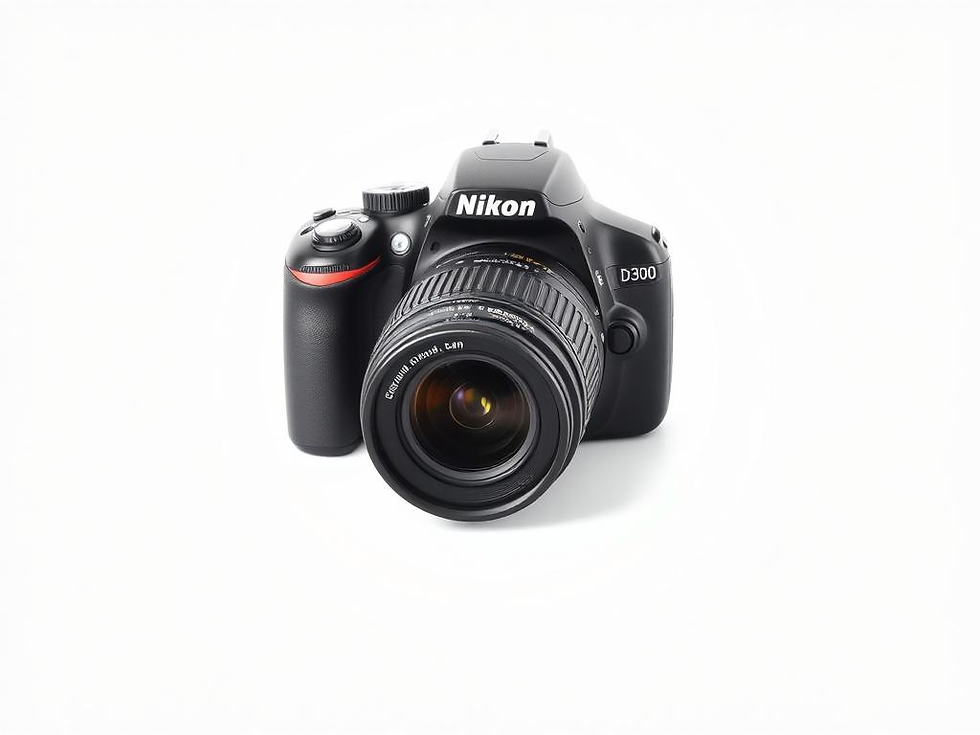
4.7
Overall Rating
Image Quality
4.5/5
Ease of Use
4.8/5
Battery Life
4.9/5
Value for Money
4.7/5
The Nikon D3500 is our top recommendation for beginners and budget-conscious photographers. This camera strikes an excellent balance between affordability, image quality, and ease of use. Its 24.2MP sensor captures detailed images with vibrant colors, while its intuitive controls make it accessible for first-time DSLR users.
What truly sets the D3500 apart is its exceptional battery life—up to 1,550 shots per charge—and its helpful Guide Mode that teaches photography basics as you shoot. At just 415g (body only), it's also one of the lightest DSLRs available, making it perfect for travel and everyday use.
Perfect For:
First-time DSLR users
Family photographers
Travel photography
Students learning photography
Key Features:
24.2MP APS-C sensor
ISO range of 100-25600
5fps continuous shooting
1080p video recording
Built-in Guide Mode for beginners
Perfect Entry-Level DSLR
The Nikon D3500 offers exceptional value for beginners looking to step up their photography game.
2. Canon EOS Rebel SL3/250D - Best for Travel and Vlogging
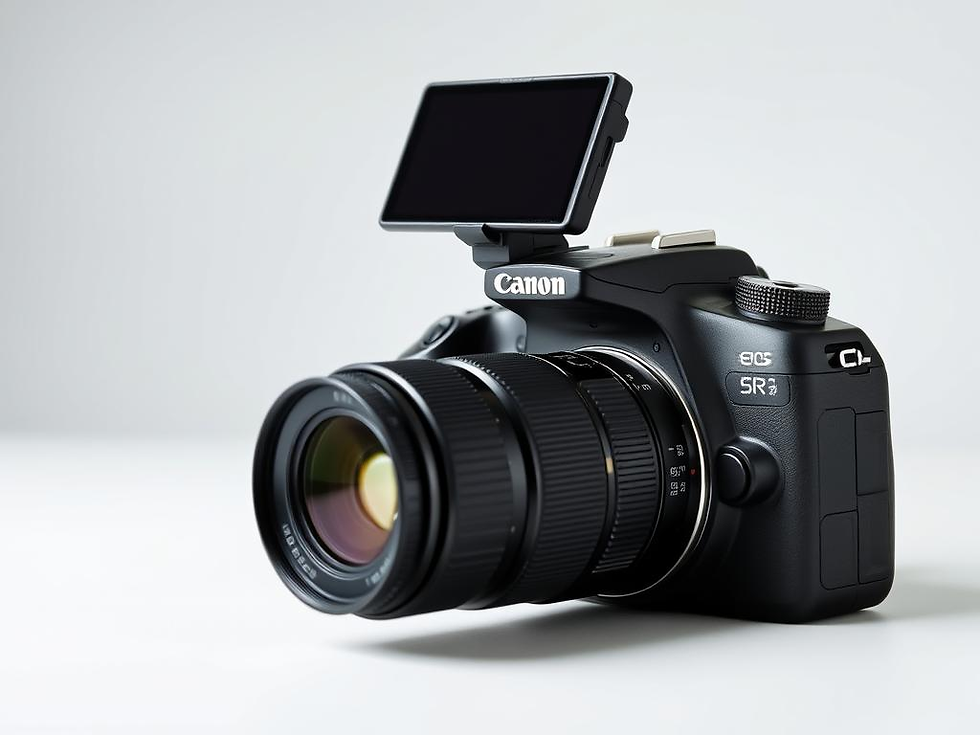
4.6
Overall Rating
Image Quality
4.4/5
Ease of Use
4.6/5
Video Capabilities
4.7/5
Portability
4.8/5
The Canon EOS Rebel SL3 (also known as the 250D) is one of the smallest and lightest DSLRs available, making it ideal for travelers and those who want to capture memories without carrying bulky equipment. Despite its compact size, it doesn't compromise on features, offering a 24.1MP sensor, 4K video recording, and a fully articulating touchscreen.
This camera particularly excels for vlogging and self-portraits thanks to its flip-around screen and Dual Pixel autofocus in Live View mode, which keeps subjects sharp when using the screen to compose shots. Its intuitive menu system and on-screen guides make it accessible for beginners while offering room to grow.
Perfect For:
Travel photography
Vlogging and video content
Self-portraits and family photos
Photographers who prioritize portability
Key Features:
24.1MP APS-C sensor
4K video recording
Vari-angle touchscreen
Dual Pixel CMOS AF in Live View
Weighs just 449g (body only)
Compact and Feature-Rich
The Canon EOS Rebel SL3/250D packs impressive features into a travel-friendly body.
3. Nikon D5600 - Best All-Around Option
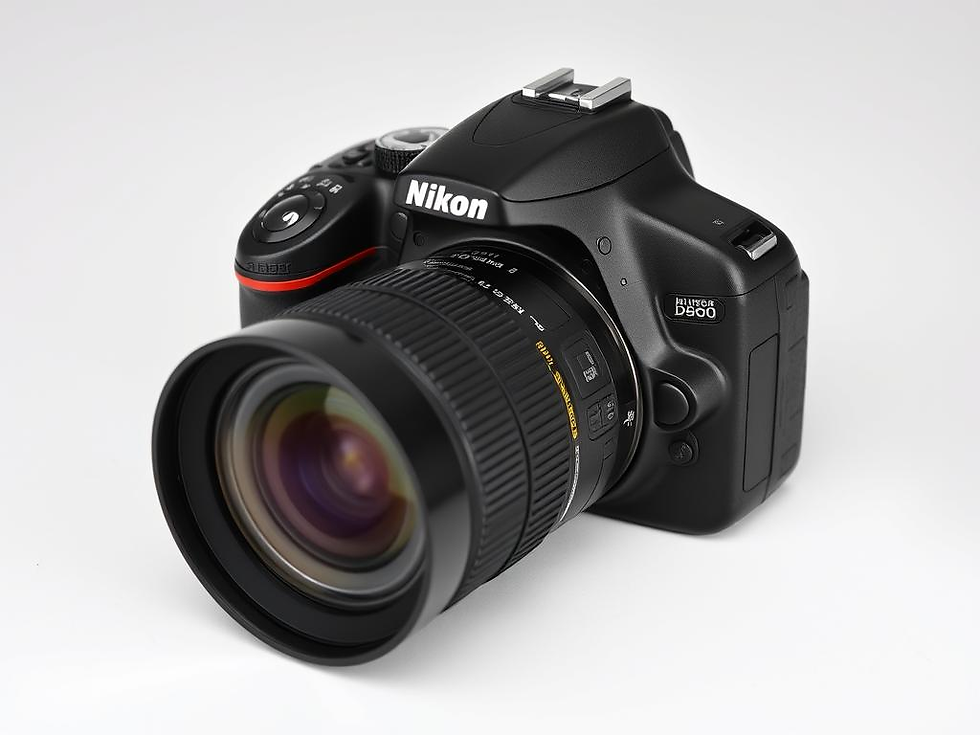
4.5
Overall Rating
Image Quality
4.6/5
Autofocus System
4.4/5
Feature Set
4.5/5
Versatility
4.6/5
The Nikon D5600 is our recommendation for photographers who want a versatile camera that can handle a wide range of photography styles. It builds on the D3500's excellent image quality with additional features like a 39-point autofocus system, a fully articulating touchscreen, and built-in WiFi for easy photo sharing.
What makes the D5600 stand out is its balance of user-friendliness and advanced capabilities. It's intuitive enough for beginners but offers room to grow with features like time-lapse recording, a more sophisticated autofocus system, and compatibility with Nikon's extensive lens lineup. The touchscreen interface makes it particularly easy to navigate settings and review images.
Perfect For:
Enthusiast photographers
Landscape and travel photography
Family events and portraits
Users looking for room to grow
Key Features:
24.2MP APS-C sensor
39-point autofocus system
Vari-angle touchscreen
Built-in WiFi, Bluetooth, and NFC
Time-lapse movie function
Versatile and Feature-Rich
The Nikon D5600 offers the perfect balance of features for enthusiast photographers.
4. Canon EOS Rebel T7i/800D - Best for Family Photography
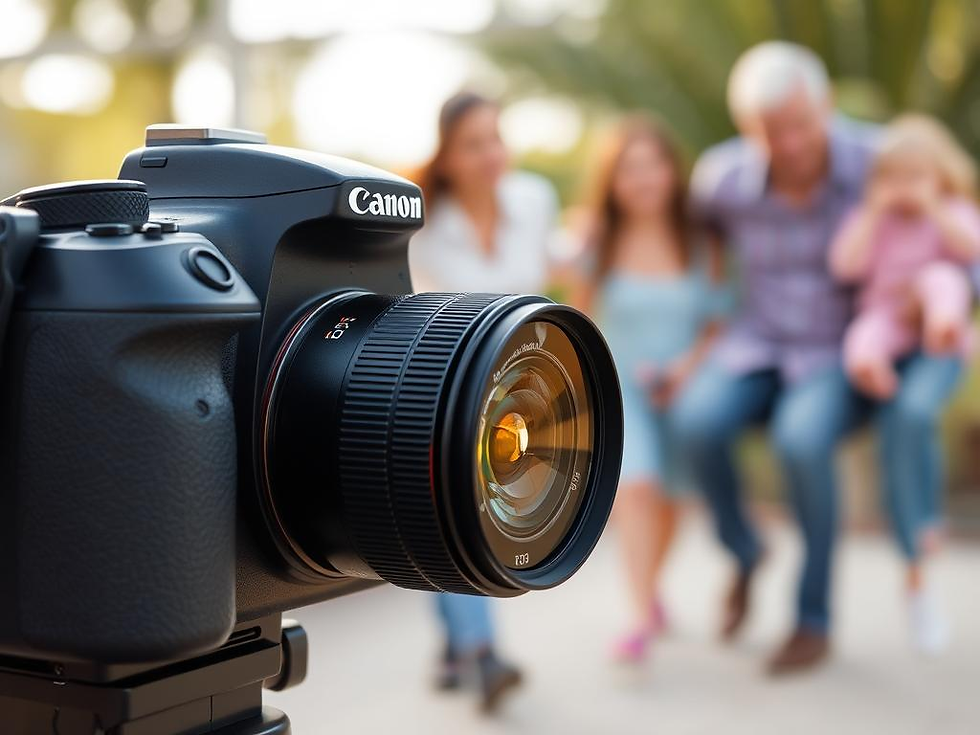
4.4
Overall Rating
Image Quality
4.4/5
Autofocus Performance
4.6/5
Ease of Use
4.5/5
Speed
4.3/5
The Canon EOS Rebel T7i (known as the 800D outside North America) excels at capturing fast-moving subjects, making it ideal for family photography, especially with active children or pets. Its standout feature is the 45-point all cross-type autofocus system, which quickly locks onto subjects and keeps them in focus even when they're moving.
Canon's Dual Pixel CMOS AF technology provides smooth, accurate focusing during Live View and video recording, which is particularly useful for recording family events. The guided interface option is perfect for beginners, showing on-screen explanations of different shooting modes and settings, while more experienced users can switch to the standard interface.
Perfect For:
Family photography with active subjects
Sports and action photography
Video recording of events
Beginners who want room to grow
Key Features:
24.2MP APS-C sensor
45-point all cross-type AF system
Dual Pixel CMOS AF for video and Live View
6fps continuous shooting
Guided user interface for beginners
Capture Every Moment
The Canon EOS Rebel T7i/800D helps you capture fast-moving family moments with ease.
5. Canon EOS 90D - Best for Advanced Enthusiasts
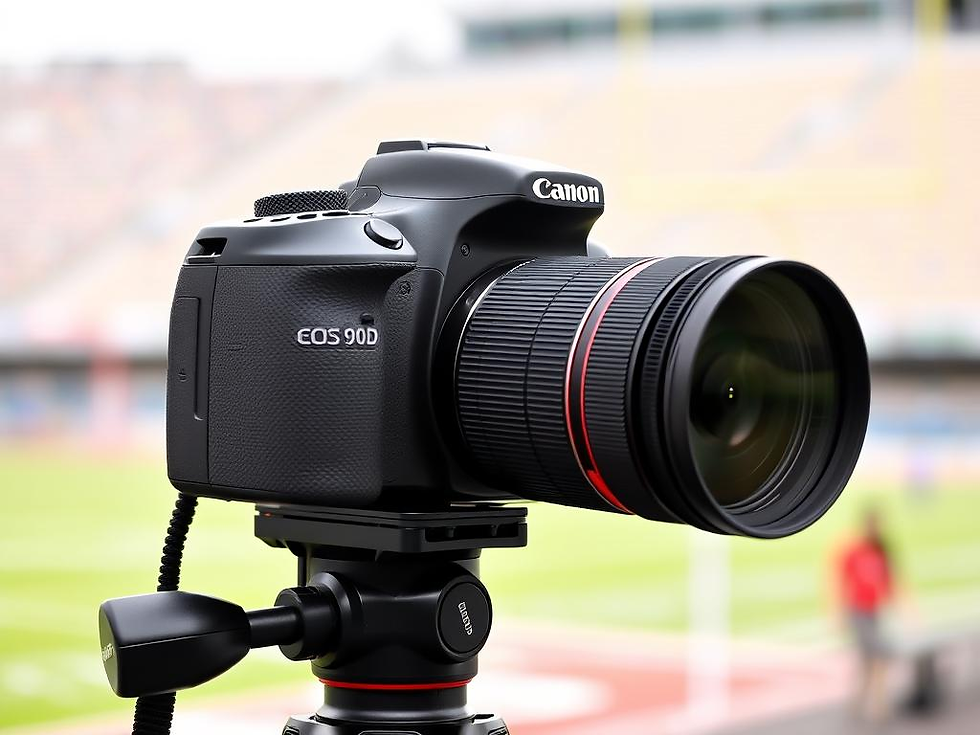
4.8
Overall Rating
Image Quality
4.7/5
Performance
4.8/5
Feature Set
4.9/5
Value for Money
4.5/5
For enthusiasts willing to invest more in their photography, the Canon EOS 90D offers professional-level features in a body designed for personal use. Its 32.5MP sensor delivers exceptional detail and allows for significant cropping without losing image quality—perfect for wildlife and sports photography where you can't always get as close as you'd like.
The 90D's impressive 10fps continuous shooting speed and sophisticated 45-point autofocus system make it ideal for action photography. It also excels in video, offering uncropped 4K recording and Dual Pixel autofocus for smooth focus transitions. While it's the most expensive option on our list, it's a camera that can grow with you for many years.
Perfect For:
Wildlife and bird photography
Sports and action shots
High-resolution landscape photography
Serious enthusiasts looking for room to grow
Key Features:
32.5MP APS-C sensor
10fps continuous shooting
45-point all cross-type AF system
Uncropped 4K video recording
Weather-sealed body
Enthusiast-Level Performance
The Canon EOS 90D offers advanced features for enthusiasts who want to take their photography to the next level.
Getting Started with Your DSLR: Essential Tips
Once you've chosen the best DSLR camera for your personal use, these tips will help you get the most out of your new equipment:
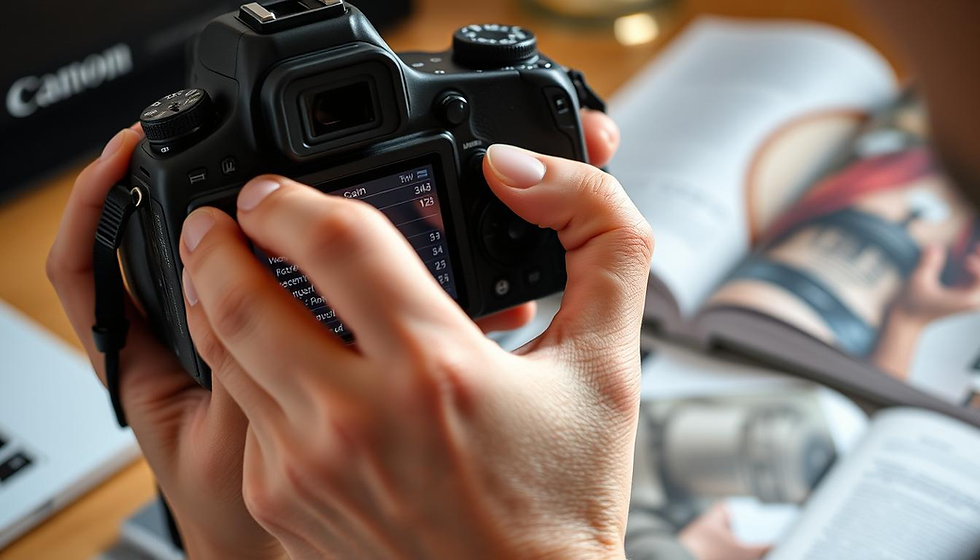
Start in Auto, Then Explore
Begin by using your camera's automatic mode to get comfortable with handling it. As you gain confidence, gradually explore semi-automatic modes like Aperture Priority (A/Av) and Shutter Priority (S/Tv) before attempting full Manual mode. This step-by-step approach makes learning less overwhelming.
Understand the Exposure Triangle
The three elements of exposure—aperture, shutter speed, and ISO—work together to determine how your photos look. Learning how these settings affect your images is fundamental to photography. Many cameras have on-screen guides that explain these concepts as you adjust settings.
Invest in a Second Lens
While kit lenses are versatile, adding a second lens can dramatically expand your creative options. A 50mm f/1.8 prime lens (often called a "nifty fifty") is an affordable addition that offers better low-light performance and beautiful background blur for portraits.
Master Basic Composition
Learn simple composition techniques like the rule of thirds, leading lines, and framing. Most DSLRs have grid overlays you can enable in the viewfinder or on the LCD screen to help with alignment and composition while you're learning.
Practice Regularly
Like any skill, photography improves with practice. Set small projects for yourself, like photographing household objects, family members, or scenes in your neighborhood. Regular practice helps build muscle memory for camera operation and trains your eye for composition.
Learn Basic Editing
Even simple editing can enhance your photos significantly. Start with free software like Canon's Digital Photo Professional, Nikon's Capture NX-D (both included with your camera), or Adobe Lightroom's free mobile version to learn basic adjustments like exposure, contrast, and cropping.
Camera Care Tips
Keep your lens cap on when not shooting
Invest in a UV filter to protect your lens glass
Clean your sensor and lenses properly (or have them professionally cleaned)
Store your camera in a dry place, ideally in a camera bag with silica gel packets
Keep spare batteries charged and ready
Format memory cards in-camera rather than on your computer
Essential Accessories for Your New DSLR
To get the most from your DSLR, consider these essential accessories that enhance functionality and protect your investment:
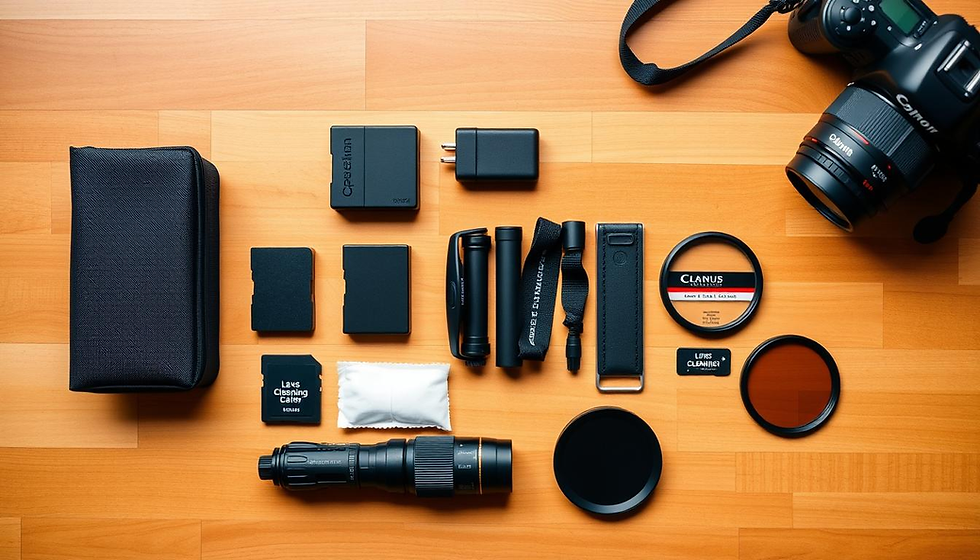
Memory Cards
Invest in at least two high-speed memory cards with sufficient capacity (32GB or 64GB is a good starting point). Having multiple cards provides backup in case one fails and lets you continue shooting during longer sessions.
Camera Bag
A good camera bag protects your equipment while making it easy to carry. Look for one with adjustable dividers, weather resistance, and enough space for future accessories. Backpack styles distribute weight evenly for comfortable all-day wear.
Tripod
Essential for low-light photography, self-portraits, and precise compositions. A basic aluminum tripod is sufficient for beginners, but ensure it's sturdy enough to support your camera and has adjustable height for versatility.
Complete Your Photography Kit
Explore essential accessories to enhance your photography experience.
Frequently Asked Questions
Is a DSLR still worth buying in 2025?
Absolutely! While mirrorless cameras have gained popularity, DSLRs still offer excellent value, especially for personal photography. They typically have better battery life, an optical viewfinder (which some photographers prefer), and access to a vast selection of affordable lenses. For beginners and enthusiasts, a DSLR remains an excellent choice with a gentler learning curve.
What's the difference between APS-C and full-frame sensors?
APS-C sensors are smaller than full-frame sensors, which affects three main aspects: field of view (APS-C has a crop factor, making lenses appear more zoomed in), low-light performance (full-frame generally performs better), and depth of field (full-frame produces more background blur). For personal photography, APS-C sensors offer an excellent balance of quality and affordability.
How important are megapixels?
For most personal photography, anything above 20MP is more than sufficient. Higher megapixel counts are primarily beneficial if you plan to make very large prints or need to crop heavily. Other factors like sensor size, lens quality, and low-light performance often have a more noticeable impact on image quality than megapixel count alone.
Should I buy a camera body only or with a kit lens?
For beginners, a camera with a kit lens is usually the best option. Kit lenses (typically 18-55mm) are versatile for everyday photography and allow you to start shooting immediately. As you develop your skills and understand your preferred photography style, you can invest in additional lenses that suit your specific needs.
How often should I clean my DSLR?
Regular maintenance includes wiping the body with a microfiber cloth, cleaning the lens with a lens cloth and solution, and occasionally using a blower to remove dust from the sensor. For deeper cleaning, especially of the sensor, consider professional services. The frequency depends on usage and environments—dusty or beach locations require more frequent cleaning.
Conclusion: Finding Your Perfect DSLR
Choosing the best DSLR camera for personal use doesn't have to be overwhelming. By focusing on your specific needs—whether that's capturing family moments, documenting travels, or exploring photography as a creative outlet—you can find a camera that enhances your experiences without unnecessary complexity.
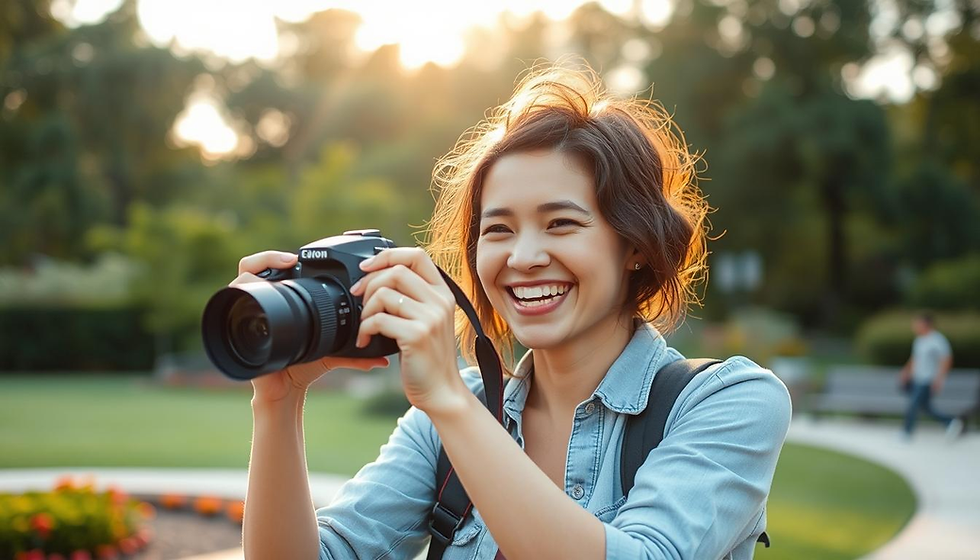
For most beginners, the Nikon D3500 or Canon EOS Rebel SL3 offers an excellent entry point with user-friendly features and room to grow. If you're looking for more advanced capabilities, the Nikon D5600, Canon T7i, or Canon 90D provide additional features that can expand with your skills.
Remember that the best camera is one that you'll actually use. Consider factors like size, weight, and ease of use alongside technical specifications. With any of our recommended models, you'll have a capable tool for capturing life's special moments with quality that smartphones simply can't match.
Ready to Capture Life's Special Moments?
Explore our top recommendations and find the perfect DSLR for your personal photography journey.




